Zorats Karer ancient megalithic complex is located in Syunik region, near the city Sisian. There are more than two hundred vertical, up to 3 meters high stones. These stones or menhirs occupy more than 3 hectares of land.
More than half of the stones have holes, the diameters of which are 5-7 cm. These stones form two circles with different diameters.

The history of Zorats Karer is yet another mystery which worries the scientists for many years. There are assumptions in the III-II millennium BC, this place had a religious, worshipping significance. Historians suppose that these stones surrounded by menhirs are the ruins of cemeteries which had stone walls and roofs.
To confirm that the Zorats Karer complex is an ancient observatory, in 1994-1997, Armenian scientist, academician Paris Herouni organized 4 scientific research expeditions. Within the framework of the research, which they conducted during the solstice and equinox, the expedition participants measured magnetic deviation, geographical coordinates, and the sizes of the monument.
As a result of numerous observations of the motion of the celestial luminescence together with complicated calculations, Herouni came to the conclusion that the Qarahunj Observatory (as he called it) is more than 7,500 years old. Herouni even saw a connection between the English Stonehenge (3020-2910 BC) and the Armenian Qarahunj.
There is also a mystical interpretation of the existence of megalithic structures in various parts of the world, including Karahunj. They are all located in crustal refraction areas that stand out with the high intensity of the electromagnetic field (scientifically proven). Through these buildings, Earth receives space energy.
ZORATS KARER: THE NAME
The original name is still unknown. There is no written information on the original inhabitants and significance of this ancient site. The first name that people remember is Ghoshun Dash, which means “stone army” in Turkish (according to folk tradition, the stones are actually stoned or crusted soldiers). This is probably because if you watch from far, the complex reminds an army of soldiers.
In 1980, Armenians literally translated it from Turkish into Armenian – “Zorats Qar (Kar)”. Ghoshun Dash or “Stone army” in Armenian is “Qare (Kare) zorq”.
An astrophysicist E. Parsamyan gave the name “Qarahunj(Karahunj)” from the name of the nearest Qarahunj village. Also because he found similarities to the famous Stonehenge of England, which had a connection with ancient astronomy (proven).
The word Qarahunj has an extremely interesting etymology. It consists of 2 root word – “Qar (stone)” and “hunj”. The meaning of the second root word is unknown, just like the meaning of the English “henge” root word of Stonehenge. It is possible that it came from the Armenian word “punj (bunch)”, with “Qarahunj” meaning “a bunch of stones.”
Qarahunj and Stonehenge names are commonly used in describing the place. Some even call it Armenia’s Stonehenge.
“Zorats Karer” and “Qarahunj” also do not fully disclose the meaning of this stone complex. The name “Zorats Karer” literally means “Stones of Strength,”. This may be due to the fact that the complex is located in one of the most energy-rich places in the world.
More Versions
Some suggest that the word “Zorats (Strong)” has a relation to the word “Zoh (victim)”, which makes it possible to translate the “Zorats Karer” as a “Place of Sacrifice”.
People called the complex “Dik-Dik Stones”. The word “Dik” has a Hindu-European root and means “gods.” Thus, we can translate the name above as “god stones.
As to the name “Qarahunj”, it is commonly explained as “Sound of Stones” or “Resonating stones”. Another translation of the name “Qarahunj” is the “Temple of God Ara”, where the word “Qa” means “god” and “Ara” – the god of the Sun in the Armenian pagan religion.
THE ARMENIAN STONEHENGE
The Stonehenge of England is known to many, but few know that there are thousands of such “henges” in the world and especially in Europe (in particular, Scotland, Ireland, Iceland, and France). Their names are very mysterious. Scientists suppose that the similarity between these names is a simple coincidence.
Stonehenge is located near the city of Solsbury in Great Britain. It consists of vertical stones that make a part of the three structures which make mysterious sounds.
“Today you can still hear some echoes. You hear the birds calling and if you clap your hands or play a musical instrument, you hear quite a subtle echo. But if you’re listening, it is clearly there. You also have a sense of reverberation, a bit like a gigantic bathroom. People say ‘Well, you hear that anywhere’. But not two-thousand, three-thousand years ago; there weren’t any large stone buildings. So this would have been one of the few human-made places where you would have heard these kinds of acoustic effects.” – researcher Till.
The Armenian ancient settlement, Qarahunj, is located near Goris, Syunik Province. The 7-hectare area is a complex of vertical standing stones. The number of the stones is approximately 223. Researchers have discovered nearly one hundred holes. According to scholars, people used them as measuring units.
Scientists have concluded that the ancient civilization has been able to accurately measure the distances for that time and make assumptions about the size of the Earth, and even create a calendar.
Which one is older?
Scientists have already proven that Armenia’s Qarahunj has an earlier history than the British Stonehenge. Qarahunj has a history of about 7,500 years, while Stonehenge is 4,000 years old.
Qarahunj being older than the Stonehenge has caused quite a lot of interest and noise in the world and scientific fields. Scientists believe that Qarahunj is the oldest ever observatory in the world. Also, that its stones are mysterious and cosmic.
These two sites, the British Stonehenge and the “Qarahunj” of Armenia, have mysterious and historical similarities, scientists believe.
According to the “Armenian Stonehenge” version supporters, the ancient astronomy began here and then spread around the world.
Others say that according to the accepted theory, controversial cultures have developed in different parts of the world at the same time and that Stonehenge is typical and unique only to the English culture, as Qarahunj is typical only to the Armenian culture. Thus, one should not reduce the importance of each one.
Scientists continue studying the British Stonehenge and the Armenian ‘Stonehenge’
They try to interconnect the two mysterious complexes with one another and outline their ‘crossing lines’.
Documentaries show that a rather progressive civilization used the Armenian Stonehenge as an observatory. The place served them as the sun, moon, and stars viewing point.
According to other discoveries of scholars, in the center of Qarahunj, there was a pagan temple. Scientists later put forward the version that Qarahunj was actually a sanctuary.
If the meanings of the Armenian Qarahunj is more or less clear, there are a lot more theories about the British Stonehenge.
In a 2008 research, there is a presumption that the English Stonehenge served as a cemetery in ancient times, and the central stone was an altar.
The British Stonehenge, which people also translate as “Qarahunj”, from the viewpoint of the complex, is similar to Qarahunj. Apart from the mysterious similarity and close historical meanings, Qarahunj is probably a bit different from Stonehenge. The array of Qarahunj stones are more asymmetric.
Want to see these stone complexes with your own eyes?
The similarities between these two stone complexes are still of great interest to tourists as well. There are visits to the stone complexes and historical introductions being organized in both the UK and Armenia.
You can get to the British Stonehenge from London, where anyone who wants to see the complex is taken by bus to Stonehenge right from the hotels. By the way, it is allowed to be near Stonehenge only for a short time.
Those who want to see Qarahunj of Armenia can also take part in the expeditions and go to Goris, taking care of at least a one-day stay there and choosing a comfortable hotel.
The similarities between these two archeological sites are not questioned by international experts. The exact intersection or crossing lines, however, are yet to be clarified.
Whatever the true name is, “Zorats Karer” or “Qarahunj”, or the meaning behind (worship or ritual), be it an observatory or something else, these stones are among the most mysterious things of the ancient world and deserve the status of a World Heritage site.
SCIENTIFIC RESEARCH
The complex is only partially investigated. Astronomer E. Parsamian, archeologist O. Khnkikyan, Physicist P. Herouni and others have conducted studies there.
A preliminary study of the complex and adjacent territory allows us to justify that “Zorats Karer” is a unique historical and cultural place.
In the center of the main building, there is cist-like stone, the hollow of which was robbed in the old times. Fragments of shells preserved on the bottom of the hollow prove that the complex refers to the XV-XIV centuries BCE.
Still, in 1931, a tomb was accidentally uncovered and destroyed around the complex. The tomb was under one of the huge stones standing vertically on the territory of the monument. A part of the discoveries and the stuff there found their place in the History Museum of Armenia.
According to the findings, the ruined tomb refers to the Middle Bronze Age and dates back to the first II quarter of the II millennium BCE. The residential area near Zorats Karer should also refer to nearly the same period. The archeological materials of the territory refer to the III-I millennium BC.
During 1967-1981, Gr. Areshian and O. Khnkikyan conducted scouting excavations. These excavations clarified the time of the complex. They confirmed the fact of the existence of the Kura-Arax (Shengavitian) culture and the presence of the Middle Bronze Age grave field.
Other researchers include E. Lalayan, S. Lisitsyan, M. S. Hasratyan, V. Harutyunyan, St. Yesayan, and others.
Early Bronze Age settlement is located in the center of the monument, on a triangular hill. The Middle Bronze Age grave fields extend in the area of the settlement as well as north-east, south, and south-east.
Description
The basalt menhirs at the center are in a vertical position in the form of ‘C’ letter. On the upper part of some of the stones or menhirs and in some cases, at their edges, there are holes with a diameter of 6-8 cm.
The menhirs have a width of 1-2 m and are 1-1.5 m thick. The height reaches up to 2.5-3 meters in individual cases and the weight – up to 10 tons.
From this array of stones to the west, there are ruins of houses, buildings with rectangular, square, table-like layouts (the height of the walls reaches up to 1.8 meters in some parts).
Between them and around the area, there are iron-age tombs. There are also large underground storage cists that have a length of 3-5 meters and a height of 2 meters. Their walls are made of large stones, the upper edges of which pointed ahead.
“Zorats Karer” needs a thorough investigation and scientific interpretation. It is possible that further excavations can reveal the existence of material values of earlier and later periods of the past
ZORATS KARER VS OTHER MEGALITHS
As you saw above, Qarahunj has at least 7500 years of history (some researchers, in particular, Graham Hancock, supposed that the complex has a 12-millennial history).
One of the things which make the Armenian megalith different and unique are the holes in the stones.
Geographist Nicholas Howard, who took part in the Qarahunj expedition (Oxford University organized it in 2010 together with the Royal Geographical Society of Britain), said:
“The holes in the stones separate it from the similar complexes.”
All experts who studied Qarahunj, including Paris Herouni, Graham Hancock, Nicholas Howard, Vachagan Vahradyan, Vazgen Gevorgyan and others, came to the conclusion that the complex is an ancient observatory.
QARAHUNJ OR THE STONE OBSERVATORY
In an interview with Sputnik Armenia’s reporter, independent expert Vazgen Gevorgyan told about the direct connections between the stars and Qarahunj.
“Today there is no doubt that Qarahunj is indeed an ancient observatory. During our recent visits, we have made important astronomical measurements which convinced us,” he says.
The Hayk(Orion) belt, also referred to as Three Kings or Three Sisters reaches the celestial equator on August 11. Therefore, Gevorgyan started his observatios on that day.
“Through the stone hole, one can follow the culmination point of the celestial equator that the Haik (Orion) belt reaches once in 25,920 years and symbolizes the end of the old star year and the start of the new star year. It is the point of the celestial equator with the help of which scientists of ancient times calculated the time and also made calendars, ” says the researcher.
Vazgen Gevorgyan’s team follows the sky with stone telescopes in Qarahunj on August 11, 2012 (let’s remember that the Mayan calendar ended that year). The data was so shocking that in 2015, by Gevorgyan’s invitation, a world-renowned scientist who studying ancient civilizations, Graham Hancock came to Armenia.
Then he wrote:
“The constellation of Orion stands at the top of Karahunj Megaliths before dawn and one can see how the three stars in the Orion belt stand vertically to the edge of the menhir.”
Following the announcement of such an authoritative scientist, National Geographic magazine in 2016 included Qarahunj, which is now called “Armenian Stonehenge” in the world’s oldest observatory list. The magazine stated that our ancestors have made observations of Orion and Sirius through Qarahunj.
The connection between Qarahunj and the pyramids
The constellation of Orion and the Sirius star were so important for ancient astronomers that the main pyramid of Khufu has star pointers. It is reflected in the Egyptian legends and mythology.
The tombs of the king and queen are directed to the culmination points of these stars. The king’s mausoleum is located at an angle of 45 degrees and is oriented toward the Orion belt. Meanwhile, the queen’s mausoleum is directed to the Sirius star at an angle of 39.5 degrees.
According to Vazgen Gevorgyan, we see a surprising “coincidence”. The old observatory Qarahunj which was built much earlier than the Egyptian pyramids is located at the width of 39.5 degrees (Paris Herouni had also noticed it earlier).
And if we make a 45-degree azimuth from the Giza plateau to the north-east, it shows the positions of three important pyramids in Giza, then the place where the two lines intersect is exactly where the Armenian Stonehenge together with the Tatev monastery complex of IX-X centuries is located.
Zorats Karer is a reserve
Taking into consideration the exclusive role and significance of Zorats Karer complex in the study of the socio-cultural issues of Armenia’s early periods, in 2009, the Government of the Republic of Armenia, according to the decision of June 26, gave the complex a status of a historical-cultural reserve.
In 2010, according to the decision of December 2, the territory of the Zorats Karer historical-cultural reserve became 50 hectares. It was transferred to the category of Specially Protected Areas and was handed over to the RA Ministry of Culture “Historic-Cultural Reserve-Museums and Historical Environment Protection Service” SNCO.
More photos:





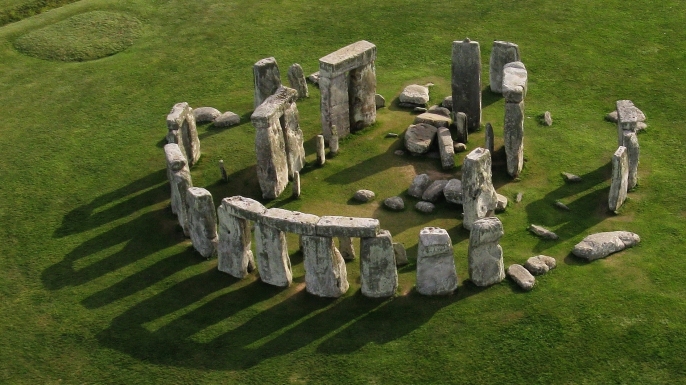
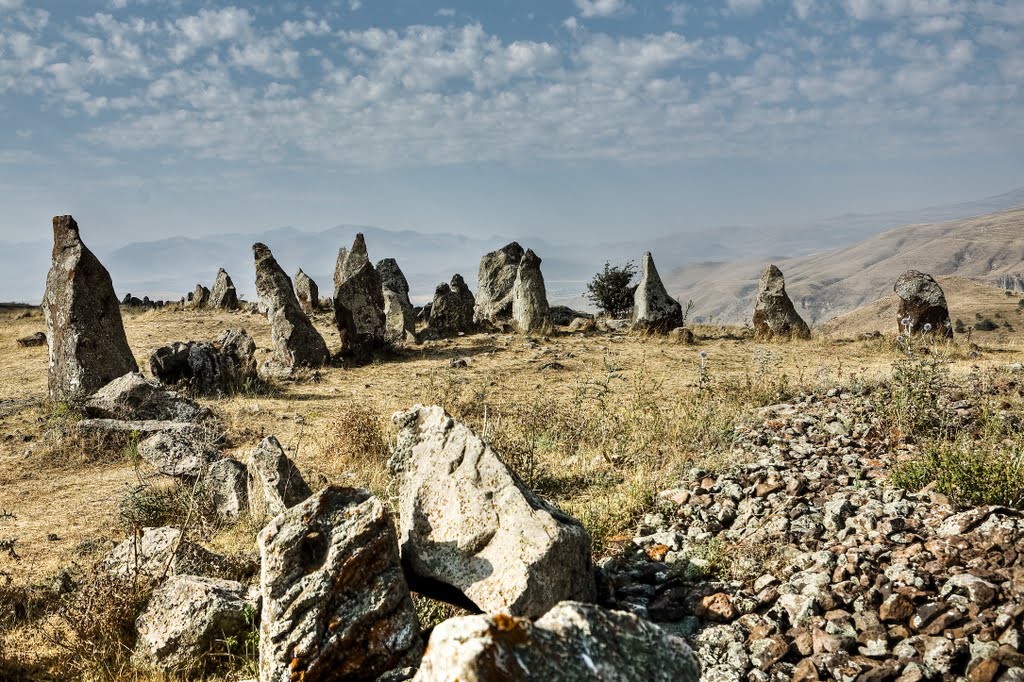








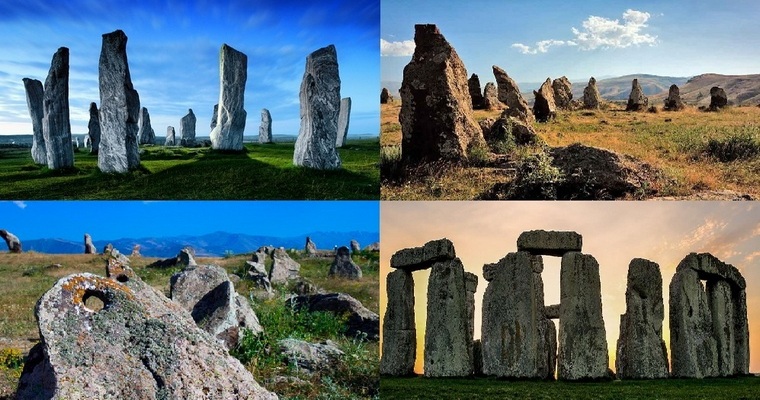



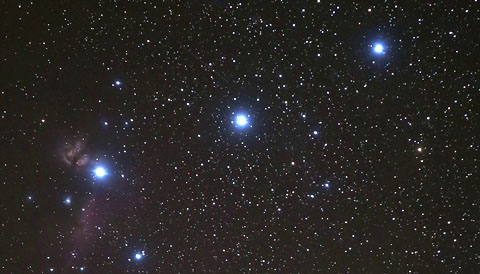
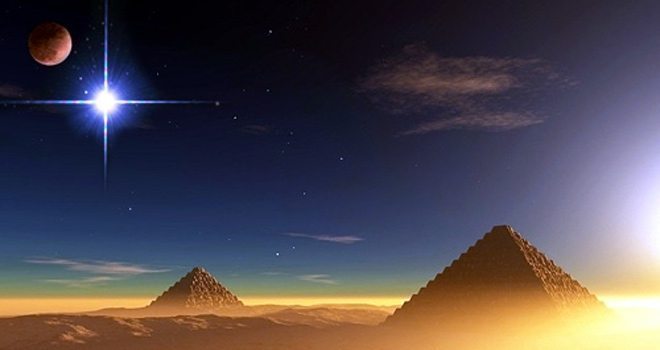









Leave a Comment